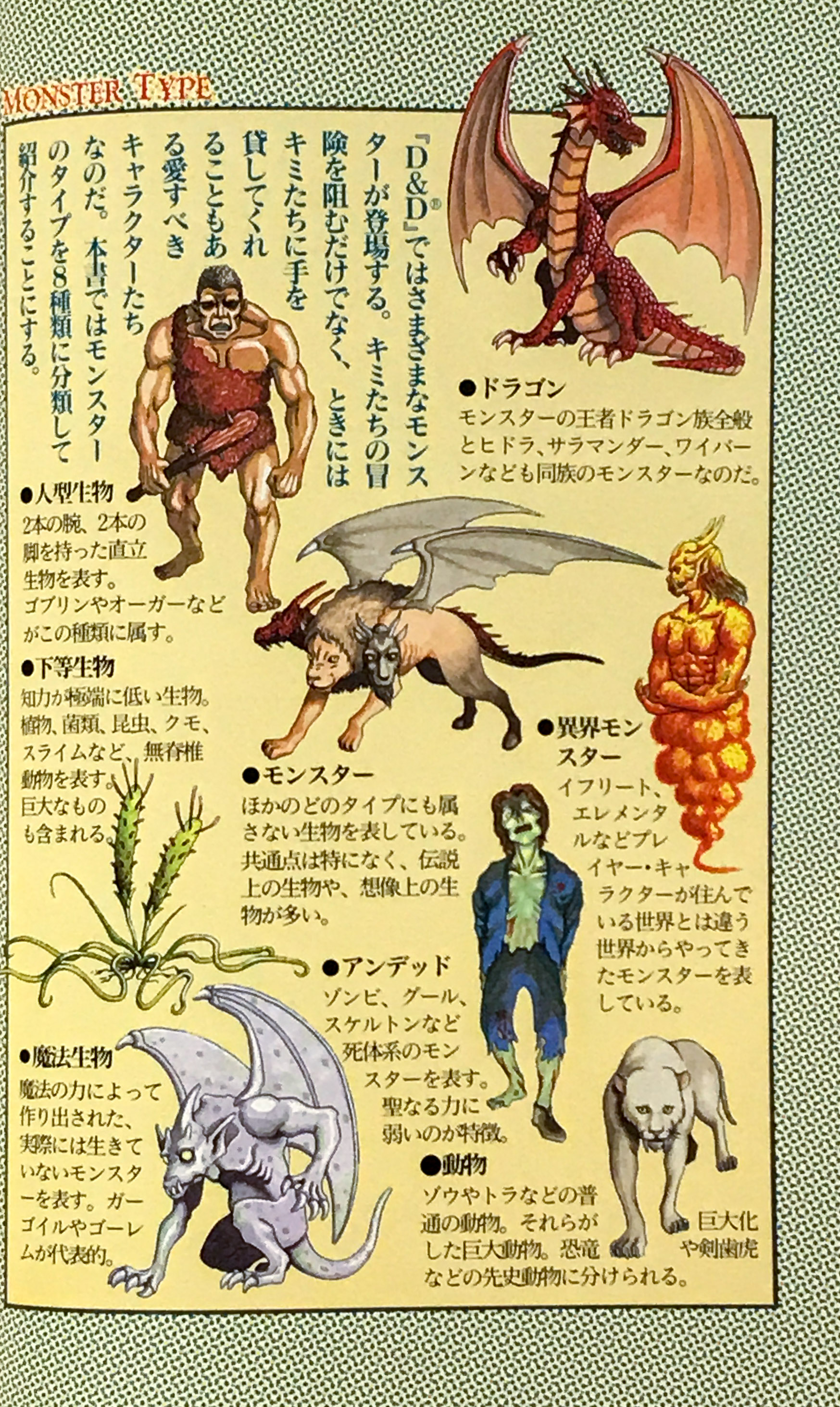

Finally, Colossus Slayer, which does extra damage to any creature that is not at full health, and can be used once per turn is generally the best option, as most attacks will be against a creature not at full health.Īs the abilities are added through the levels in the Hunter Archetype, they focus on defense and melee attacks. Giant Killer gives the Ranger a Reaction to attack any Large creature that attacks them.

The first, Horde Breaker, allows the Ranger to hit a second target within 5 feet of a target it attacks, effectively giving the Hunter a cleave. When this is chosen, the Ranger chooses one of three features: Horde Breaker, Giant Killer, and Colossus Slayer. This Archetype focuses on attacking with weapons, and it does not include a pet. When creating a character on, the Hunter is free to create. The Player’s Handbook offers two subclasses. We’ll break down these subclasses by the book that introduced them.Īll Ranger subclasses in The Player’s Handbook There are currently five Archetypes available, with one more in beta testing. This is a big decision which completely changes how the Ranger plays going forward, so we’ll discuss each Archetype separately in terms of your later-game options. Rangers are more of a hybrid class, not fully weapon or spell reliant.Īt level 3, a Ranger chooses a subclass, called an Archetype. Because Rangers are meant to also focus on weapons, they do not have as many spell slots as the other casters, and their spells do not rank as high, capping out at Rank 5 spells.

Just like the spellcasting classes, Rangers have a spellcasting table, showing how many spells known per level, and how many spell slots they cast at each spell level. This allows them to ignore tough terrain in that kind of environment, and the party will not become lost when traveling over this kind of land. Rangers also have a Natural Explorer ability, that gives them familiarity with a type of terrain of their choosing, such as forest or mountains. The higher their level, the more creatures they can choose. All Rangers have an ability called Favored Enemy, giving them advantage against certain types of creatures for the purposes of tracking and fighting, such as beasts, or dragons, or aberrations. They are explorers, they are defenders from specific types of threats, and they are spellcasters. Let’s say that you’ve chosen Ranger - what does that mean? Let’s take a high-level look at what a Ranger is in D&D and all the subclass options available for D&D Rangers.Ī Ranger, despite the name, does not focus on ranged-weapon attacks. When creating your character in Dungeons and Dragons, the first two major decisions you face are choosing your race, and choosing your class.


 0 kommentar(er)
0 kommentar(er)
